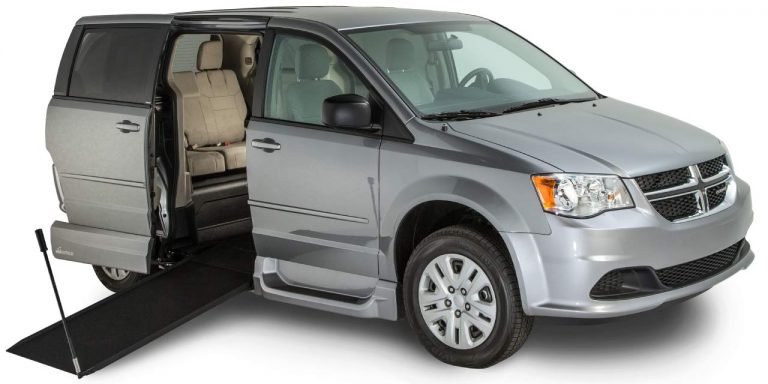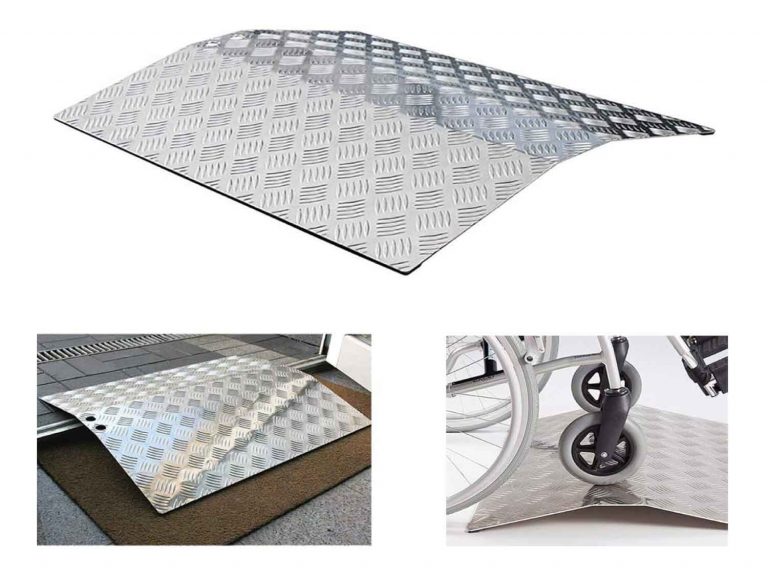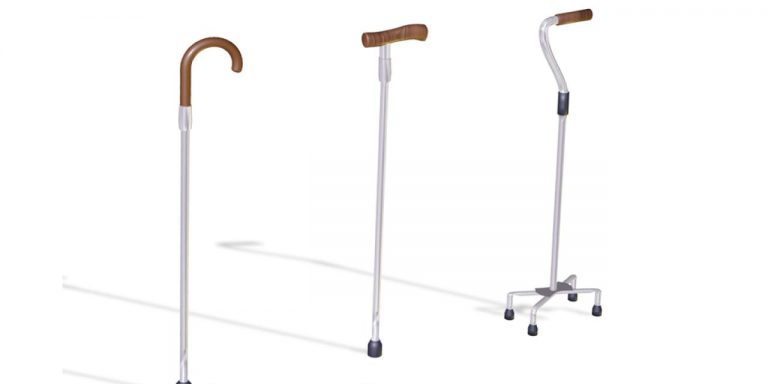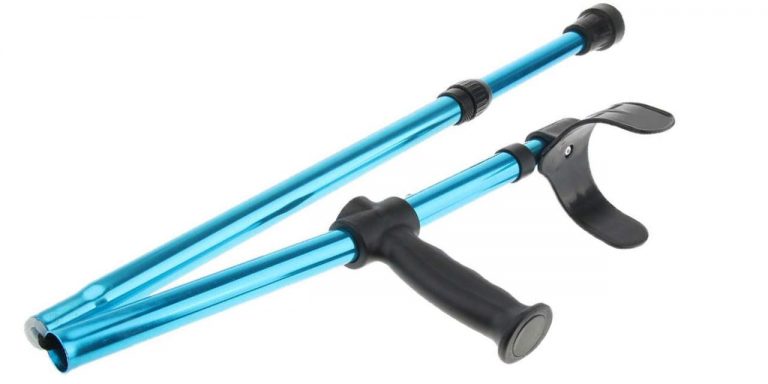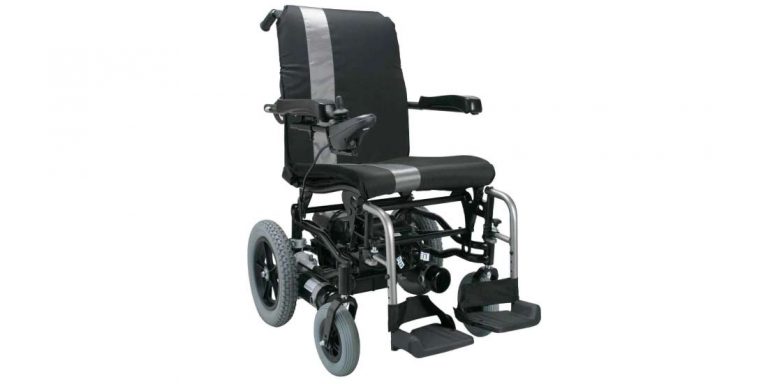Your doctor says you need one! Here you go, venturing into a whole different world, you are buying a wheelchair for the first time this guide should help you determine what the right type of wheelchair is for your condition.
HEALTHGADGETSAZ.CO.UK is supported by its audience. When you purchase something through shopping links included on this page, we may earn a small affiliate commission. Learn more
First Facts – Types of Wheelchairs
Wheelchairs are manual or motorised/electric powered. Manual wheelchairs are propelled or pushed by the user or an assistant while the motorised wheelchair has a motor and rechargeable battery and are moved using a control so the user exerts little effort.
A manual self-propelled wheelchair allows you to push yourself using the hand rims on the large rear wheels and the rear handle is used by an assistant to push when needed.

A manual transit or folding wheelchair has smaller rear wheels and can only be pushed by an assistant. They are lighter in weight and can fit into your car trunk.
Factors to Consider When Buying a Wheelchair
Self Propel or No?Your first decision is whether you can, or are able to, or even want to, propel yourself. If you strong enough, and you want to do it yourself (at least sometimes), then you would go for the manual self propelled. But if you’re not strong enough, then you would go with the manual transport or the powered wheelchair.
Frequency of useHow long will you be in the wheelchair each day? There are ones so very comfortable that you could sit for the whole day in, and there are the lightweight transport chairs you only would use to move, for example, from your house to a car.
Articles Related to Wheelchairs…
1. Electric Powered Wheelchairs | 6 Top Sellers
2. Manual Wheelchairs | 6 Top Sellers
Overall weight
Wheelchair weight varies. Some are made from steel, some from aluminium, even titanium or carbon fibre which are normally reserved for the more specialist chairs. However, lighter wheelchairs cost more. Some wheelchairs have removable parts which make them easy to transport. Some chairs have quick release wheels, removable foot rests and arm rests. When these are removed, it makes the chair even lighter.
Seat size means seat width (the distance from armrest to armrest) and seat depth (the distance from the back to the front edge of the seat).
Wheelchairs come in many widths, with the most common being 16″ and 18″ and are choices up to 24 inches.
What’s the correct seat width? Not too wide so you don’t have the full support of the arm rests, and not too narrow so you feel crammed in the chair.
And remember those winter months when you’ll be wearing thicker clothing.
For the seat depth, you should sit up straight in a natural active position and measure form the base of your spine to the back of your knees.
Seat HeightSeat height indicates how high the seat is off the ground. Normal seat height is 20 to 21 inches, which is great for 5 feet tall or above users. If you are shorter than 5 feet, transferring to and from the wheelchair may be more difficult, as the wheelchair may be too high.
Backrest heightThis is usually a standard height, and, like the seat depth, it can sometimes differ on the more specialist chairs.
AD – Related to Wheelchairs – Continue Reading below…
Angel Mobility AMW1863SP Ultra Lightweight Folding Self Propelled Wheelchair
Ultra light aluminium frame One piece folding design , no need to remove any parts to fold Flip up, folding footrests, folding handle bars,…….
Learn more @ amazon.co.uk
The seat in most wheelchairs is made of nylon or vinyl , for comfort , durability and ease of cleaning. Some seats can be customized or upgraded depending on the frame style of your wheelchair.
CapacityRegular wheelchairs can carry up to 250 to 300 lbs. however heavy duty wheelchairs can carry as much as 700 lbs.
CushionIf you’re going to sit in your wheelchair more than 2 hours daily, invest in a cushion. Choose from 3 types:
- Foam or gel cushions – For comfort
- Positioning cushions – Contoured cushions allowing the user correct posture
- Preventative cushions – reduce friction and pressure during extended use and relieve pressure sores.
The armrest should be at a height that supports your arms in a comfortable position: too high, will cause you to raise your shoulders and too low, will cause you to slouch to one side or the other.
Sure enough you will be using a wheelchair cushion, so you will take that into account when figuring out your wheelchair size since the cushion will raise the position that you are seated at. Specialist wheelchairs allow you to adjust the height of the arm rests.
Some arm rests are removable, some will just tip up at 90 degrees. Some can pivot out of the way around the back so you can transfer easily, in and out of the wheelchair, for example when using a transfer board.
Are you going to eat meals at your dining table? Well, the shorter arm rests are the way to go as you’ll be closer to the table to enjoy your meals. Also, some wheelchairs are made with height adjustable arm rests.
WheelsMost wheelchairs have either wheel rims with spokes, or the MAG type of wheel rims which are moulded plastic rims with fewer spokes.
Tyres are either pneumatic or solid rubber but even though the pneumatic tyres offer a little more comfortable ride, they are prone to punctures. The solid tyres make for a firmer ride and are puncture resistant.
Many wheelchairs have quick release wheels at the rear of the chair. The front castors at the front of the wheelchair enable the chair to swivel through 360 degrees to allow a change of direction when the chair is in motion.
Anti-tip wheels at the rear of the wheelchair are small wheels a few inches from the ground which prevent the chair from tipping over backwards when in use. It’s a safety feature. Ok, they may be a snag as they can limit the angle that the chair can tip backwards for example when being tilted to climb a kerb. But safety comes first.
FootrestsThe height of most footrests can be adjusted to your preferred position. To keep feet comfortable, as in not having your feet dangling all over, some footrests have straps attached.
BrakesNormally they are located just below the arm rests and you just push the lever forwards or pull the lever backwards. Some wheelchairs have brakes located near the push handles for the assistant and they come in handy when travelling up or down a slope.
AD – Related to Wheelchairs – Continue Reading below…
Dash Express Ultra Lightweight Folding Attendant Propelled Wheelchair with Tall Handles
EXTREMELY LIGHTWEIGHT. The Dash Express weighs in at 12.2 Kilograms making this very lightweight and easy to transport… Learn more @ amazon.co.uk
Conveniently carry your walking stick and/or crutches in the holders affixed to the wheelchair.
For choosing a motorised/powered wheelchair, there are a few more thing to know.
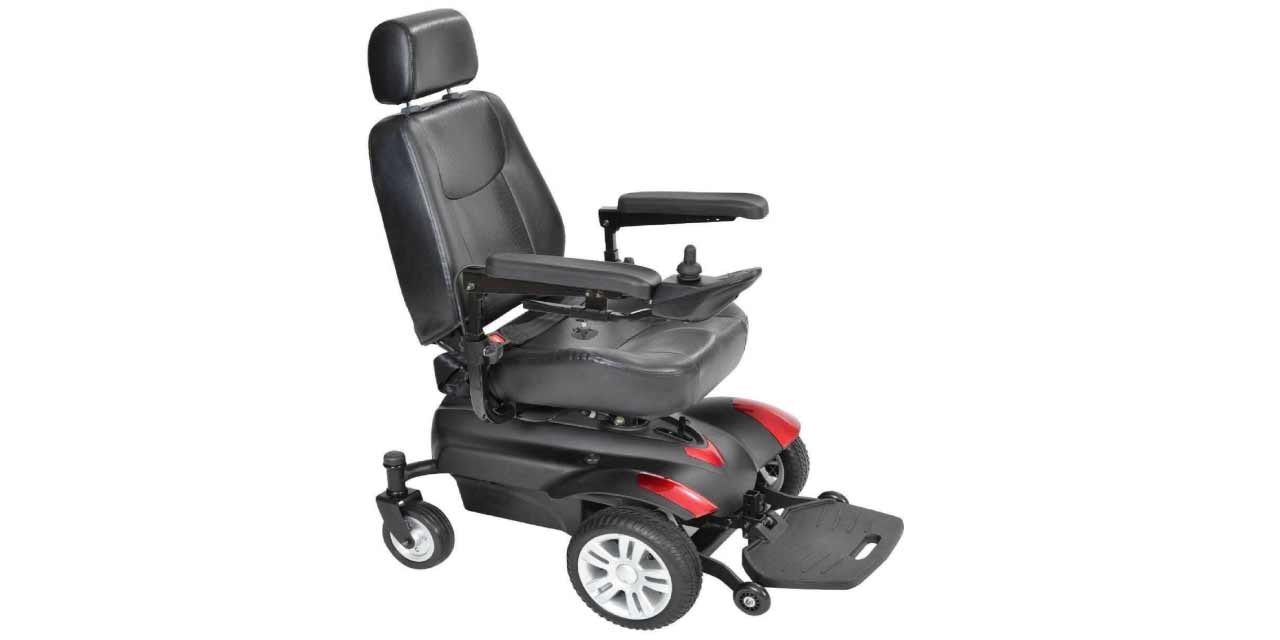
- Maximum Capacity
Generally, motorised wheelchairs can support 300 pounds while other models can support more weight.
- Dimensions Of The Motorized Wheelchair
Acquire a full size motorised wheelchair if you will be spending, a lot of days or most hours of the day sitting in it. Motorised wheelchairs are more comfy as they have larger seats, and broader armrests and footrests. Plus they are super padded.
- Battery Range And Speed Of The Electric Wheelchair
Obviously, you will need to know how far you can go before the battery “dies’ – a single charge can allow you 10 to 25 miles of total coverage.
Speed is also vital especially if you plan on travelling long distances. A great option is to choose a rear drive motorized wheelchair.
- Wheels Of An Electric Wheelchair
Where are the wheels? Front, middle, or back of the wheelchair? Usually mid-wheel drive powered wheelchairs are termed as the most manoeuvrable.
Rear-wheel drive ones, on the other hand, allow for higher speed and front-wheelchairs are known for driving through uneven surfaces and is the slowest of all.
- Controller
Will it be joystick or keypad?
The joystick controls the direction and speed in some models while the keypad can also control speed and other functions such as degree of recline and horn. Most wheelchairs require constant pressure to operate and will stop once the pressure is lifted from the control. Your physical condition may call for, and the power wheelchair should be able provide other types of controllers:
Sip and puff—control by inhaling or exhaling into a tube.
Head control—switches added to either side of the head rest.
Foot control—pedals and buttons on the foot rest.
Chin control—controller near and operated by the chin.
Speech control—controlled by simple vocal commands.
- Maximum Capacity
Generally, motorised wheelchairs can support 300 pounds while other models can support more weight.
Wheelchairs are meant to make your living as easy as possible, given your new circumstances. Go ahead and test drive them so you will buy one that fits you well.
Disclaimer: All content, including text, graphics, images and information on this site is not intended or implied to be a substitute for professional medical advice, diagnosis or treatment. Content on or available through this web site is for general information purposes only. It is in no way a substitute for qualified medical opinion. Always consult a specialist or your own doctor for more information.




